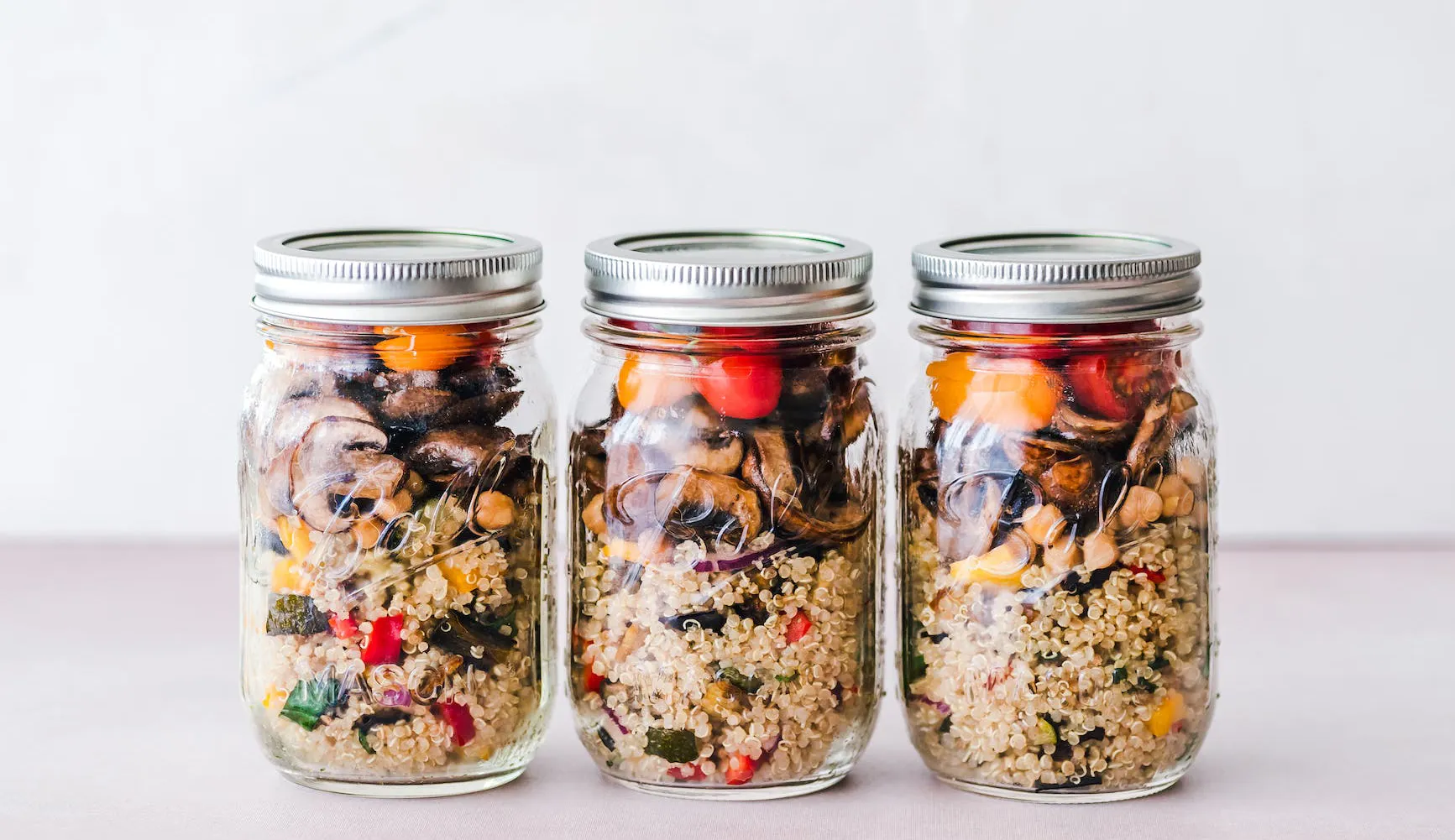
While anytime is a great time to improve your eating habits, the start of a New Year often gets us thinking about new goals we want to set or nutritional changes we want to make to improve our lives. It’s no wonder that one of the most common New Year’s resolutions is weight loss, with millions of Americans reporting each year that they intend to start a diet in January.
But I think we all know how often this approach fails – so much so that it’s often the target of internet memes poking fun at how quickly these resolutions fall by the wayside! Good health is indeed hard work.

So what if we tried a different approach? What if, instead of strict eating plans, counting calories, and depriving ourselves of our favorite foods, we made small sustainable changes over time that point us in a more healthful direction?
Here are 5 simple nutritional changes, backed by science, that can up-level your health through nutrition this year.
Try to think “outside the cereal box.” Foods like processed cereals, bagels, and toast are generally not very nutrient dense and have a large impact on glucose and insulin levels, especially when consumed without other macronutrients to balance them out.
It’s ok if you want to include a small portion of these things at breakfast, but adding at least one healthy source of protein and natural fat like eggs, yogurt, or chicken sausage will help keep you fuller longer as well as better regulating blood sugar. People who eat a balanced breakfast report making better food choices for the remainder of the day, as well as having higher energy levels and being more likely to maintain a healthy weight.
This probably seems like an obvious one, but most Americans don’t get the recommended 3-5 servings a day, much less the more optimal 8-10 servings. If you’re one of the majority of Americans who just isn’t getting enough fruits and vegetables into your diet, keep in mind that it doesn’t have to be fancy. Start with what you like and make it easy – grab an apple or some sliced cucumbers with a little sea salt.
Once it becomes a habit, you can start switching it up more and eventually aim for making half your plate fruits and vegetables at each meal. A diet rich in these foods has been shown to reduce the risk of chronic disease due to their many health-promoting components like fiber, vitamins and minerals, and phytochemicals.
Eating a variety of fruits and vegetables also helps create more diversity in our gut microbiome, meaning that there are more types of beneficial bacteria in our digestive tract. In recent years, these “good” bacteria have been shown to play a positive role in metabolism, immune health, and mood, just to name a few.
Consuming sugary beverages is one of those things that sneakily sabotages our health. This is another one that most people already know, but making the nutritional changes you need is easier said than done. Knowing WHY this can be one of the most impactful shifts you can make for your health is be a good first step.
Not only does excess sugar have a negative impact on our metabolic health as well as our immune health (which we’re all concerned about during a global pandemic!), excess sugar is also a concentrated source of calories that can add up quickly. It’s not just about calories, though. Soft drinks and other sugary beverages often contain ingredients like high fructose corn syrup and preservatives, which studies show have a negative impact on health all on their own.
Sugary drinks also fill us up, leaving less room in our appetites for more nutritionally dense foods and beverages. The good news is there are so many great alternatives nowadays that can help you make the switch – from unsweetened flavored sparkling waters (even ones with added caffeine if you’re not ready to give that part up yet!) to drinks with better sweetener options like stevia and monk fruit. You can even start by cutting your soda with a little plain sparkling water and slowly increase the ratio (one of my personal favorite tips for ditching a soda habit).
It might not be easy at first since sugar has been shown to have strong addictive potential in the brain, but gradually switching to lower sugar alternatives will have your body thanking you before too long.

You may have heard the term mindfulness, but did you know that it can also be applied to eating? Simply eating meals at a slower pace, without distraction, and taking a little extra time to savor the smells, tastes, colors, and textures of our food can have a positive impact on health.
Mindful eating improves digestion by promoting more thorough chewing and by activating the parasympathetic nervous system, which is known to help us “rest and digest.” This practice also increases enjoyment during eating, which releases positive neurotransmitters like dopamine and endorphins. Another benefit of mindful eating is that it naturally helps regulate appetite by allowing for more awareness of our body’s fullness signals.
Over time this practice can also lead to better food choices, as we get more attuned to which foods make us feel our best and which ones don’t serve us as well.
The Standard American Diet does not exactly have the reputation of being the healthiest in the world – just the opposite in fact! We can learn a lot from branching out and exploring what people in other countries and cultures eat. You will likely come across new foods and spices that you’ve never tried before.
Spices are a great source of health-promoting compounds like antioxidants and polyphenols. Additionally, greater variety in our diets (not eating the same foods day after day) has been shown to result in a healthier gut microbiome, like we discussed earlier. Consider picking a night of the week to feature the cuisine of a different country. Get the whole family involved in making it a fun theme dinner. Then everyone can share in the health benefits of both trying new foods and eating together as a family.
For more information, check out these statistics on nutrition and nutritional changes we try to make.
